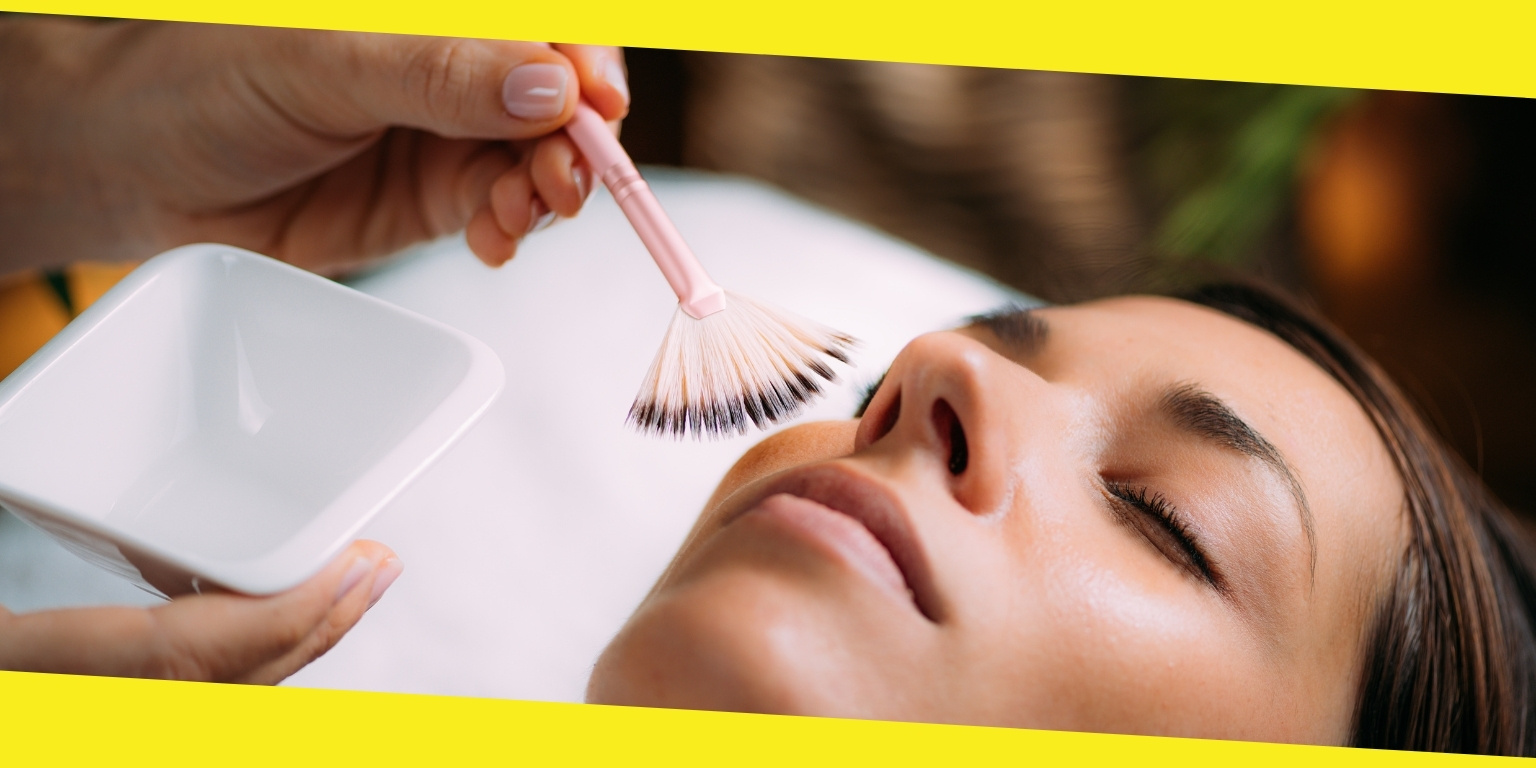Debunking Common Chemical Peel Myths

Many consumers associate the term “chemical peel” with Samantha from “Sex and the City,” who has a red, raw, blistered face after her cosmetic surgeon offers a peel to enhance her skin—right before a significant event! Many individuals have been scared of chemical peels Brighton due to photos like these and a considerable quantity of misinformation that is freely accessible on the internet.
Peels have seen a significant transformation in recent years and have become a popular treatment option for many skin issues. There are several benefits to using chemical peels on the skin. These include improving the skin’s texture, treating acne, and preventing aging. As a result, why are so many patients reluctant to take advantage of these life-changing treatments? Let us get this thing right! Let us dispel some of the myths about chemical peels:
Contents
ToggleAll chemical peels are the same.
Peels are not all made equally. The term “chemical peel” refers to various chemical treatments used to remove dead skin cells and renew the skin. Some are more potent than others, and the skin-saving benefits vary depending on what you are looking for.
Chemical peels are not safe.
It is no surprise that chemical peels have been around for a long time. Using them may help prevent scarring, eliminate fine lines and wrinkles, and level out skin tone. Their anti-acne properties have been well documented. Peels employ a particular chemical solution to remove the top layer of dead skin cells. Chemical peels work as an exfoliator, exposing the new, regenerated skin underneath the old. As long as a board-certified dermatologist does chemical peels, they are safe. Most adverse effects go away after a few days of therapy, even the unusual ones.
Winter is the best season for chemical peels.
You don’t have to use chemical peels only in the winter since there are various options. As long as you don’t consistently tan and use protective sunscreen daily, you may have mild peels done at any time of year. A gentle peel comprises four to six treatments and requires a maintenance peel every three months. One to four sessions are needed, and one peels every six months to sustain the advantages of a medium peel. It is important to note that a deep peel only requires one treatment every six months to maintain.
After a chemical peel, I should notice results straight away.
This is a common misconception about chemical peels. Getting a peel will always make your skin worse before it improves. Depending on the depth of the peel, you may experience redness, peeling, and other unpleasant side effects for a few days to a few weeks. Don’t schedule a peel soon before a major function or when you will be getting your picture taken. Also, remember that for meaningful results with superficial chemical peels, you will likely require many treatments.
You can use chemical peels to treat many skin conditions, including acne, scars, sun spots, and a lack of radiance. Knowing the truth behind these popular misconceptions will provide you with the information you need to choose the best chemical peel for your face and get clean, glowing skin.
Recommended For You
7 Tips For Reducing Acid Reflux Symptoms
Most Inside
Most Inside offers high-quality recommendations and valuable updates to enhance all aspects of your life, providing premium guidance and enriching experiences.




